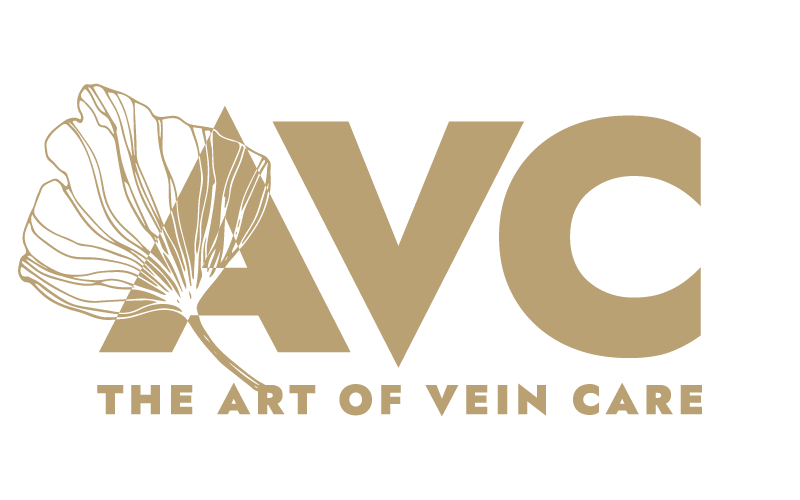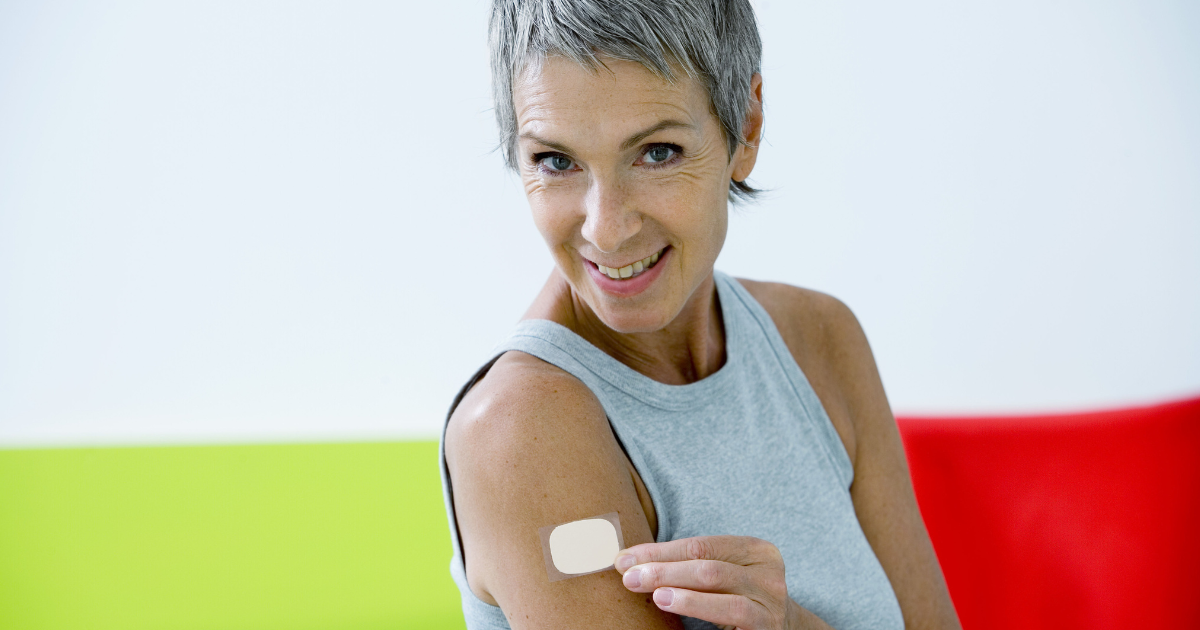Why are my veins worse in pregnancy doc and will they go away? Will taking HRT increase my risk of a blood clot? “These are all questions I’m commonly asked by patients and yes there’s no doubt that hormones play havoc with our veins,” says Art of Vein Care Phlebologist Dr David Huber.
“The good news is that most veins that develop in pregnancy will typically resolve within 6 to12 months post-delivery without intervention, although small spider veins may remain.”
He also advises not to treat veins until after delivery of baby and breastfeeding has finished, because the impact of sclerosant on pregnancy and breast milk are largely unknown.
“Until you get your treatment, you can often get through pregnancy-related vein issues by wearing flatties, rather than high heels, using compression stockings or support hose, trying to maintain a healthy weight and elevating your legs on a pillow.”
What about menopausal spider veins and menopause varicose veins?
“The reason why perimenopause and menopause can worsen vein issues, is because the rise and subsequent drop of oestrogen and progesterone during these phases can create thickened and less flexible ageing veins,” he says.
“Throw ageing veins into the mix and perhaps a bit of excess weight and that all creates a perfect storm for vein disease.”
Dr Huber says the main concern women have about veins around menopause is that HRT (Hormone Replacement Therapy) may increase the risk of blood clots.
“However there is only a very small risk of blood clot associated varicose veins while on HRT (9 extra cases per 10,000 women compared to non HRT users).”
And he says this relates to tablets only, not patches.
Source: *HRT tablets are associated with blood clots, but not creams or gels – The British Medical Journal.
Art of Vein Care treatments for post-pregnancy and menopausal-related vein care includes:
Ultrasound Guided Sclerotherapy (UGS).
This is a minimally-invasive, walk-in walk-out procedure that involves injecting a solution (foam or liquid) into the varicose veins.
The injection is usually done using ultrasound guidance for accuracy.
The solution creates a reaction in the vein wall which blocks it off and causes it to become like a thread of scar tissue under the skin (the vein “scleroses”).
The treatment itself is usually completed in 35 minutes.
Thermal ablation
This is used for the superficial vein that is feeding the varicosed veins.
Thermal ablation techniques include endovenous laser ablation (EVLT) and radiofrequency ablation (we use the latter at AVC) but both have the same efficacy.
They both use heat to destroy the vein.
This procedure takes about 60 minutes.
Fine fibre is placed in the vein under local anaesthetic using ultrasound.
It is passed from the calf up to the groin; the vein is then made numb and the vein is “ablated” using heat.
Thermal ablation is also not advised until after delivery and breast-feeding has been completed, unless directed by your doctor.
Glue Ablation
This is a relatively new technique mainly used to seal feeding veins such as the great or small saphenous vein, but not the actual varicose veins or spider veins themselves.
The benefits include that only local anaesthesia is required.
The vein is entered using a needle with local anaesthetic.
A wire is then passed into the vein and a tube (called a sheath) is passed over the wire and the top of the sheath positioned just below the main valve of the groin.
There is no need to make the vein numb.
The glue catheter is then threaded into the sheath and the tip is positioned at the point where the vein needs to be closed. This is done via ultrasound.
The glue is then delivered from a syringe while the vein is compressed closed and confirmed on ultrasound.
Once the top is closed, the glue is used to close the full length of the vein in a series of steps where the catheter is pulled back until the whole of the vein is closed.
The varicose veins are then closed by sclerotherapy.
Tips
A numbing cream can be used if applied at least 1 hour before your sclerotherapy treatment, although most people only experience minor stinging, bruising, or temporary angry spiders.
You will also need to put your legs up in our rooms for 30 mins to allow the veins time to collapse.
Compression wear should be worn 24/hours per day for the first week after any vein treatment, but can be taken off when in bed if you have pain in the heel or the Achilles tendon. Put the stocking on before you get out of bed in the morning.

